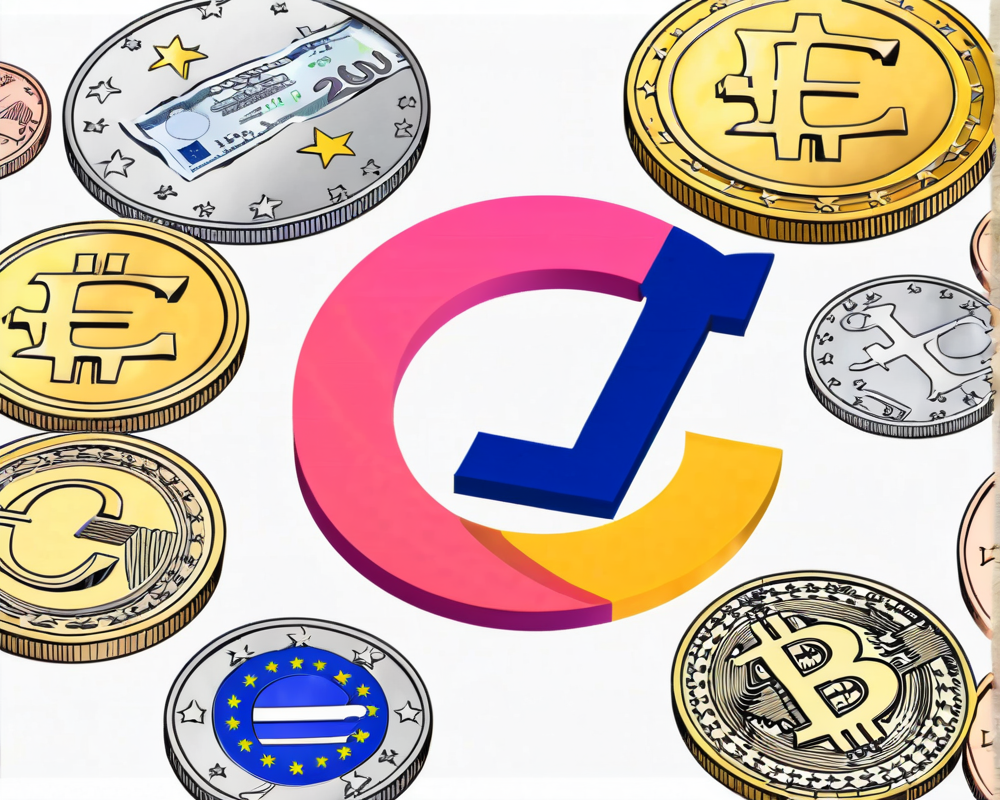Stablecoins: The Global Giant of Dollars
When it comes to the world of digital currencies, stablecoins have found their sweet spot, with the likes of Tether (USDT) strutting around with a market cap of over $65 billion and USD Coin (USDC) boasting its own impressive $55 billion. Not to mention, the gloriously hefty sum of $160 billion that all dollar-pegged stablecoins collectively strut around with in the digital currency market. Yikes! It’s like a global finance party, and the dollar isn’t just the DJ—it’s the whole VIP section.
The Lonely Euro in the Stablecoin Race
Despite this booming dance party, the euro has been sitting in the corner nursing a drink. Why? Well, thus far, there hasn’t been a euro stablecoin to match the success of its dollar counterparts—until now! Circle has decided to jump-start the euro’s presence in the stablecoin world with its upcoming launch of Euro Coin (EUROC) on the Ethereum blockchain. Imagine a world where sending euros is as easy as tossing a digital confetti bomb. Yes, please!
Regulatory Rumble: Circle vs. Europe
Now, here’s where things get sticky like a spaghetti dinner. Circle has opted to launch this euro stablecoin through a U.S. bank, Silvergate. One has to wonder: is this even permitted? Can you just whip up a euro coin from America and send it floating over Europe like it’s no big deal? Patrick Hansen, former head of blockchain for Bitkom, shared some juicy insights into this bubbling pot of regulatory soup.
- MiCA Regulation: Circle better hold onto their hats because the new Markets in Crypto-Assets Regulation (MiCA) is coming in hot, and they aren’t going to dodge it.
- European License: Hansen suspects they might be looking at a European legal set-up to snag the licensing needed to operate—talk about red tape!
- Innovative Overregulation: Regulation can also be a double-edged sword, providing legal certainty while simultaneously making entry into the market a Herculean task.
Why No Euro Stablecoin Until Now?
So why has the euro been absent from the stablecoin scene? Well, the eurozone’s negative interest rates on deposits have made traditional reserve-backed models a bit like trying to squeeze water from a dry sponge. With banks hesitating due to both the MiCA regulation and the vague goals of a digital euro from the ECB, the euro is feeling like that friend who always gets picked last for the team.
Looking Ahead: Will EUROC Make Waves?
Despite these challenges, Hansen believes there’s a massive appetite for a robust euro stablecoin. The future demand from larger financial institutions could lift EUROC’s visibility. The way he sees it, even if euro stablecoins can’t take down the mighty USD family, those which navigate through MiCA’s hurdles might just find a cozy spot in the market. “USDC reigns supreme in DeFi, and who knows, EUROC might just waltz in with its own charm,” Hansen points out.
In Conclusion
Whether EUROC can swim in the same waters as the champions of stablecoins remains to be seen. What’s clear is that the thrill of potential euro-backed liquidity, investment opportunities, and a new layer of trust could catalyze a refreshing landscape in the DeFi arena. Stay tuned—it’s bound to be a thrilling rollercoaster!




